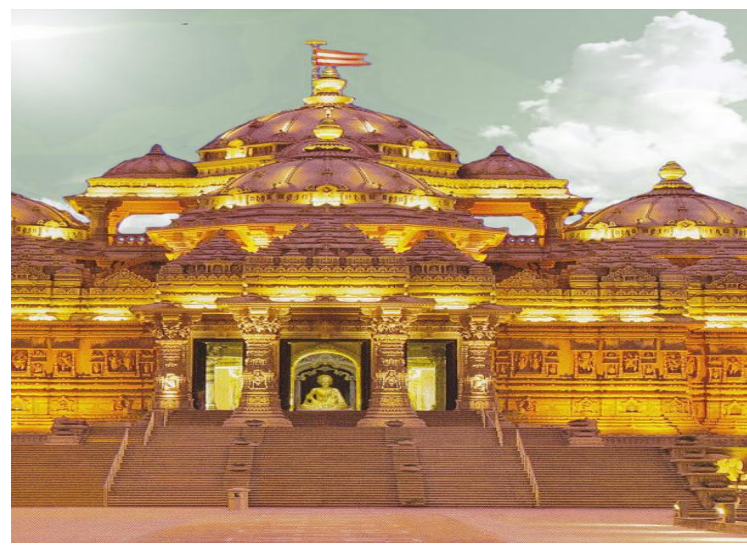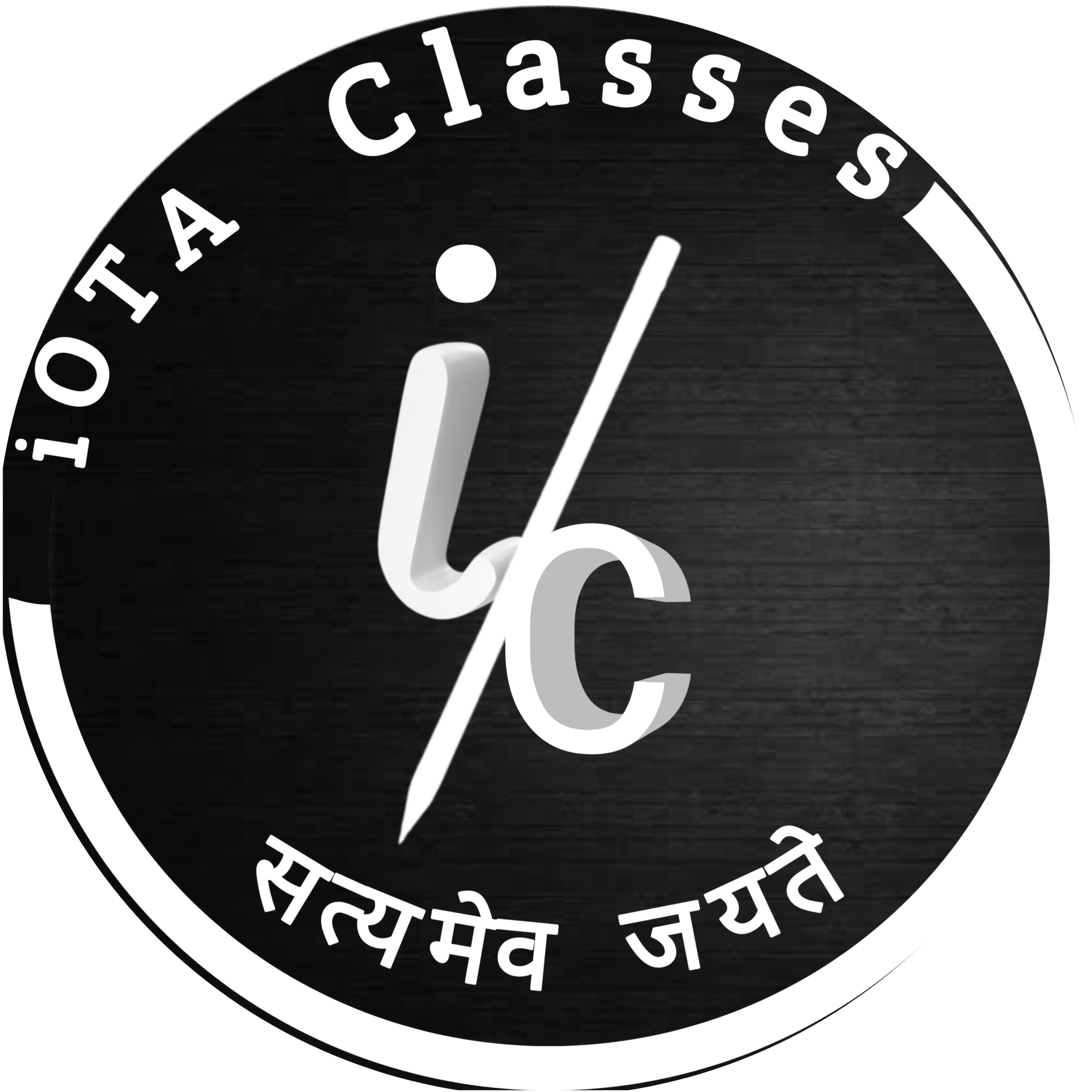Gender Religion and Caste Class 9
1. Understanding Gender Division
• Definition: Gender division refers to the unequal roles and opportunities assigned to men and women in society.
• Nature: It is a socially constructed division—not based on biology but on stereotypes and expectations.
• Examples:
• Women are expected to handle household chores.
• Men are seen as breadwinners and decision-makers.
2. Sexual Division of Labour
• Concept: A system where work inside the home is done by women, while men work outside.
• Implication: Women’s work is undervalued and often unpaid.
• Reality Check: Despite working more hours, women receive less recognition and compensation
3. Feminist Movements
• Aim: To establish equality between men and women in personal, social, and political spheres.
• Impact:
• Raised awareness about gender discrimination.
• Pressured governments to enact reforms.
4. Gender Inequalities in India
• Key Issues:
• Unequal wages despite the Equal Remuneration Act (1976).
• Unsafe urban environments for women.
• Preference for male children leading to skewed sex ratios.
5. Gender and Political Representation
• Historical Exclusion: Women were not allowed to vote or contest elections in many societies.
• Current Status in India:
- Women’s representation in Lok Sabha is still below 15%.
- State Assemblies: Less than 5% women members.
• Local Bodies:
• One-third of seats in Panchayats and Municipalities are reserved for women.
• Over 10 lakh elected women representatives now serve in local governance.
6. Why Gender Division Must Be Politicized
• Democratic Principle: Politics should reflect social realities and promote justice.
• Benefits:
• Helps address gender-based inequalities.
• Encourages inclusive policy-making.
• Empowers women to participate in decision-making.
7. Key Takeaways
• Gender division is a deep-rooted social issue, not a biological one.
• Feminist movements have played a crucial role in challenging stereotypes.
• Political representation is essential for gender justice.
• Legal reforms and reservations have improved—but not solved—gender disparities.
Chapter: Religion, Communalism, and Politics

1. Religious Diversity in India
• India’s Religious Landscape:
- Hinduism, Islam, Christianity, Sikhism, Buddhism, Jainism, and others.
- Each religion has its own customs, festivals, and practices.
• Intra-Religious Diversity:
• Even within a religion, there are sects and regional variations.
• Example: Sunni and Shia in Islam; Vaishnavism and Shaivism in Hinduism.
2. Religion and Politics: The Connection
• Gandhiji’s View:
- Religion and politics are inseparable.
- Politics should be guided by moral values from all religions.
• Democratic Role:
• Religious communities can voice their concerns.
• Political parties may support religious demands if they uphold democratic values and equality
3. What Is Communalism?
• Definition:
An ideology that emphasizes religious identity over national unity, often leading to division and conflict.
• Key Features:
• Belief that one religion’s interests are superior.
• Political mobilization based on religious identity.
• Use of sacred symbols and emotional appeals to divide people
4. Forms of Communalism
5. Communalism in Indian History
• Partition of Bengal (1905):
Divided Bengal on religious lines, increasing Hindu-Muslim tensions.
• Separate Electorates (1909):
British policy that institutionalized religious divisions.
• Communal Award (1932):
Separate electorates for Muslims, Sikhs, Dalits, etc.
• Partition of India (1947):
Resulted in massive communal violence and displacement.
6. Secularism in India
• Constitutional Provisions:
- India is a secular state—no official religion.
- Freedom to practice, profess, and propagate any religion.
- No discrimination based on religion.
• State Intervention:
• Government can intervene to ensure equality (e.g., banning untouchability).
• Reform of discriminatory religious practices (e.g., family laws).
7. Key Takeaways
• Religion can be a source of moral guidance but must not be used to divide.
• Communalism is dangerous for democracy—it promotes hatred and violence.
• Secularism ensures equal treatment of all religions and protects minority rights.
• Political parties must avoid exploiting religious sentiments for votes.
Chapter: Caste and Politics
1. What Is Caste?
• Definition: Caste is a hereditary social stratification system, traditionally divided into four varnas—Brahmins, Kshatriyas, Vaishyas, and Shudras—with numerous jatis (sub-castes).
• Features:
• Based on birth, not merit.
• Endogamous (marriage within caste).
• Hierarchical and rigid.
• Influences occupation, social status, and access to resources.
2. Historical Context
• Vedic Period: Caste began as a division of labor.
• Colonial Era:
- British formalized caste through censuses and administrative policies.
- Reinforced caste identities for governance.
• Post-Independence:
• Constitution abolished untouchability (Article 17).
• Affirmative action introduced for Scheduled Castes (SCs), Scheduled Tribes (STs), and Other Backward Classes (OBCs).
3. Caste in Electoral Politics
• Political Mobilization
- Parties appeal to caste identities for votes.
- Caste-based vote banks influence candidate selection and campaign strategies.
• Caste-Based Parties:
- BSP (Bahujan Samaj Party): Dalit empowerment.
- RJD (Rashtriya Janata Dal): Focus on Yadavs and OBCs.
• Dominant Castes:
• Castes with numerical strength and land ownership often dominate local politics.
4. Interplay Between Caste and Politics
5. Positive Outcomes of Caste in Politics
• Empowerment: Marginalized groups gain voice and representation.
• Social Justice: Policies address historical injustices.
• Democratic Deepening: Politics becomes more inclusive and participatory
6. Negative Aspects of Caste Politics
• Fragmentation: Promotes identity politics over national unity.
• Vote Bank Politics: Reduces citizens to caste labels.
• Caste Violence: Political rivalry can escalate into caste-based conflicts.
• Perpetuation of Inequality: Reinforces caste divisions instead of erasing them.
7. Key Concepts
• Sanskritisation: Lower castes adopt practices of higher castes to elevate status.
• Dominant Caste Theory: Coined by M.N. Srinivas; refers to castes with socio-economic and political power.
• Casteization of Politics: Integration of caste identities into political strategies.
8. Constitutional Safeguards
• Article 15: Prohibits discrimination based on caste.
• Article 17: Abolishes untouchability.
• Reservation Policies: Ensure representation in education, jobs, and legislatures
9. Key Takeaways
• Caste and politics are deeply intertwined in India.
• While caste-based politics can empower marginalized communities, it can also deepen social divisions.
• The challenge lies in balancing identity-based representation with national unity and democratic values.
Caste Inequality in Contemporary India
1. Persistence Despite Legal Safeguards
• Constitutional Provisions:
- Article 15: Prohibits discrimination based on caste.
- Article 17: Abolishes untouchability
• Reality Check:
• Discrimination continues in housing, education, employment, and social interactions.
• Dalits and Adivasis often face exclusion and violence in both rural and urban settings.
2. Economic and Educational Disparities
• Bihar Caste Survey (2023): Confirmed that caste remains a key determinant of economic status and opportunity.
• Reservation Gaps: While affirmative action has helped, many marginalized sub-castes remain excluded due to lack of updated data
3. Caste-Based Violence and Social Exclusion
• Examples:
- Dalit grooms attacked for riding horses during weddings.
- Physical assaults over perceived “disrespect” to upper castes.
• Daily Humiliations:
• Denial of entry into temples.
• Refusal of rental housing in cities.
• Segregation in schools and public spaces
4. Caste and Political Representation
• Underrepresentation:
- SC/STs still face barriers in accessing leadership roles.
• Vote Bank Politics:
- Vote Bank Politics:
• Policy Gaps:
• Benefits of reservation are sometimes captured by dominant sub-groups, leaving the most marginalized behind.
5. Why It Still Exists
• Social Hierarchies: Caste is embedded in everyday interactions and cultural norms.
• Economic Structures: Land, capital, and education are unevenly distributed.
• Lack of Awareness: Many forms of discrimination are normalized or invisible to privileged groups.
6. The Way Forward
• Caste Census: Essential for targeted policy-making and equitable distribution of resources.
• Education & Awareness: Promote inclusive values and challenge stereotypes.
• Legal Enforcement: Strengthen implementation of antidiscrimination laws.
• Grassroots Movements: Empower marginalized communities through activism and representation.
THANK YOU ……….
Home – View
Official Website- Physics Wallah
iOTA CLASSES has been working for the last 6 years at youtube ( online mode) but from last year ( 2024) we are running both online and offline,
With the cooperation of students , parents , our colleagues and team, we have gained satisfactory results,
And working more enthusiastically for the better aspirations. image of 2024 class 10th result [CBSE and BSEB( ENG. Med)]
